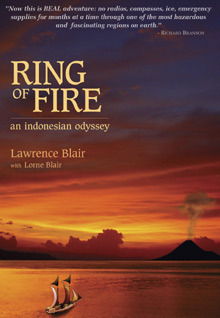In 2018, I read 21 fiction and non-fiction books. (Poetry to be dealt with separately.) I probably spent the equivalent of 10 books’ worth of time on stupid Twitter, though. I don’t know what the sum of these tweets have contributed to my life or understanding of the world yet. I can’t even remember the funny memes at the moment. OH WELL. I also tried to keep up with a New Yorker subscription, which cut into book-reading time. I’m discontinuing this in 2019 and have subscribed to Granta, which is quarterly, instead. I’m also engaging in periodic social media fasts to break addictive patterns. We’ll see how that goes!
Reading trends in 2018: more European fiction, more novels and fewer short story collections than I usually read. Each year, there’s been a single author I become obsessed with and seek out (Anais Nin, Deborah Levy, Elena Ferrante, Joan Didion), but that didn’t really happen in 2018. The list is rather eclectic and there was nothing that made me rave and buy multiple copies and press into friends’ hands, which is my favorite thing that happens. I do want to read more by Elizabeth Strout, Rebecca Solnit and Virginie Despentes, but the desire isn’t at obsession level.
Some stats:
• 52% fiction (mostly novels), 48% non-fiction (interviews, memoir, politics, feminist theory, art theory)
• 64% by women, 36% by men (out of 22 total writers)
• Authors were from the U.S.A. (11), United Kingdom (3), France (2), Italy (2), Canada, Colombia, Germany, and Greece (1 each). I read 19 books in English, 5 of these were in translation, and 1 book in Spanish and 1 in French.
• Original dates of publication span 1946-2018. About half of what I read was published within the past ten years.
The list, ranked in order of how much I enjoyed the book, its scope of impact on the life of the mind and imagination, and how likely I am to re-read and recommend it.
1. The Cost of Living: A Working Autobiography by Deborah Levy (Hamish Hamilton, 2018)
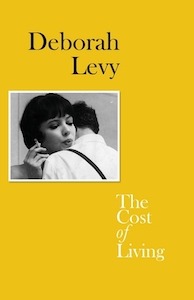
This is the second volume in what Levy herself has termed a “working autobiography”. The first volume, Things I Don’t Want to Know, was probably one of my favorite books I’ve read, ever, so I was excited for this one. The second volume doesn’t dive as deep as the first, but that deep dive is also something that can’t be done twice. (The first book contended with her childhood in South Africa and her first graspings of injustice as a fact of life). In this volume, she recounts starting over at age 50, post-divorce, making a new life with her daughters, losing her mother, writing through it. She does it her way, which is in a Modernist spirit, understatedly, through metaphor, and weaving in objects (a bird clock, a necklace, a heavy e-bike), recurring phrases, and other pieces of writing (in this one, Beauvoir’s, Duras’) as way of coming at the narrative elliptically and lyrically. Her piercing analysis and sense of humor make her writing about anything a pleasure.
Provenance: Van Stockum bookstore in Leiden (RIP)
Fate: On the keeper shelf
2. My Name Is Lucy Barton by Elizabeth Strout (Viking, 2016)
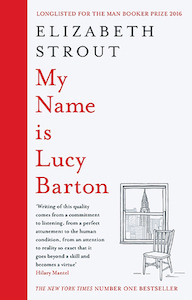
A slim, absorbing, funny, affecting novel. Lucy Barton starts by remembering a period she spent hospitalized in New York and her mother came to visit. Her mother, who had never been on a plane before, who she hadn’t seen in years. The story weaves around like memory itself, making lateral, associative leaps between different episodes about growing up in poverty and becoming a writer. The narrative also mimics the writing process itself, now that I think of it. My only quibble is that this is a piece of fiction where the narrator is a writer, writing about writing, writing about writing workshops and writing about another writer. It all gets too much into itself – the premise would somehow be more acceptable to me if it were a piece of non-fiction.
Provenance: Gift from my sweet mother-in-law
Fate: Passed on to a friend
3. Fellini on Fellini, various translators (1976)
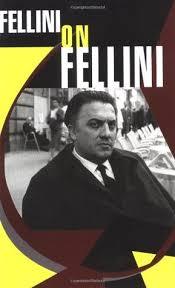
This was a re-read. Essays by and interviews with Federico Fellini. Things I take away from Fellini: his (Jungian) trust in dreams, the image as a source of creation; appreciation of artifice (the film set above reality, hyper-real characters); improvisation and a sense of humor as requisite for survival; not doing it for the money. There’s a beautiful essay about Rimini, the place he grew up, in the 1930s (essentially an essay version of Amarcord). There’s an interesting coda, when he goes back to the town in the late 60s and barely recognizes the place. He is older than the revolutionary youth, but he admires their ideas and bravery, recognizes the limitations religion and fascism placed on his own youth and how their freedom from those strictures will take them into new, unknown discoveries. Curiously, he view his own time as producing outsized artists, and the post-60s times as producing more, but smaller figures, a society of small artists. Is this true?
Provenance: a used bookstore in New York
Fate: On the keeper shelf
4. Zorba the Greek by Nikos Kazantzakis (1946), translated by Carl Wildman
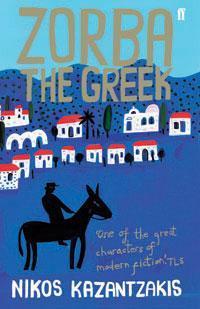
If you can set aside a feminist perspective and pretend you’re a pre-1970s dude while reading this, then it’s a classic. I don’t mean that facetiously – the character of Zorba is a useful point of reference in life. I think about him a lot, and the wimpy narrator, too. We all have a bit of both in us. (I am OK with reading like a pre-1970s dude at the moment, maybe because there are so many interesting women’s voices out there, it’s almost like assumed patriarchal views are historical, like feudalism, and not annoyingly ubiquitous. Almost. I also have times of only wanting to read women, insisting on our personhood, etc. With Zorba, beyond even issues with the female characters and what happens to them, there’s the basic world view it departs from, that women are like nature, religion, war, learning: one of those things in life men must contend with, rather than heroes of their own stories, too.)
So, Zorba versus the narrator: eating up life all has to offer vs. ascetic withdrawal; a life of experiences over a life of contemplation; choosing experience over morality. The spiritual life? Monks reveal themselves to be as depraved and greedy as anyone else. The simple country life? Apparently innocent villagers can transform into a killer, misogynist mob. Zen withdrawal? When a beautiful woman offers herself to you, you take her! You might as well be honest and not buy into any of those rigid life paths. But then there are the sacrifices you make if you choose to be a Zorba, too, going all the way, doing it all, leaving everyone behind at some point or another…
5. Fire and Fury: Inside the Trump White House by Michael Wolff (Henry Holt, 2018)

I couldn’t put this book down. I’ve figured out why it was comforting: It was a confirmation of reality, of a timeline of events in objective reality, in this awful moment when we’re spun in circles by media, social media, fake news, real news, bad news, until we’re dizzy, can’t see straight, think straight. Particularly notable was Wolff’s account of election night and the weeks that followed. I wanted it to go on and on, up through the present day. Wolff writes vividly and entertainingly. He also has a nuanced grasp of the media landscape, which shaped Trump and the people around him more than politics did, and isn’t afraid to be critical of Democrats and figures on the left, either. I wrote more about this book here. (God, it seems like this was published years ago, the scandal it caused, but it was only a year ago.)
Provenance: Purchased by Dan from a Dutch bookstore, he ordered it as soon as it came out.
Fate: Holding onto it for now.
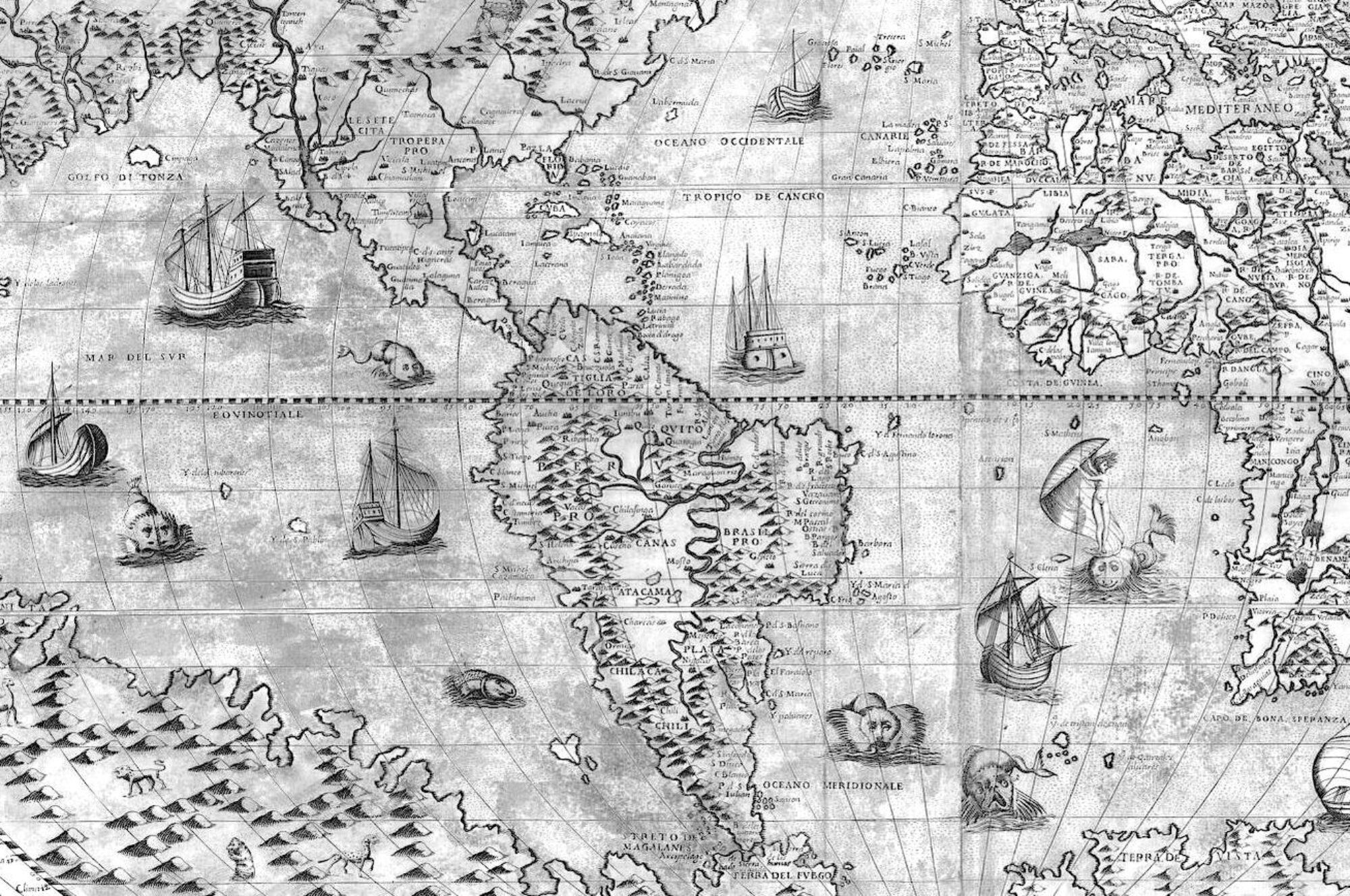

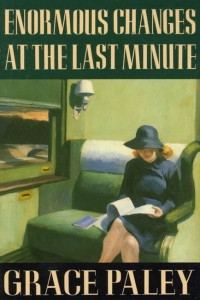 1. Enormous Changes at the Last Minute (Farrar, Straus & Giroux, 1974) – Grace Paley
1. Enormous Changes at the Last Minute (Farrar, Straus & Giroux, 1974) – Grace Paley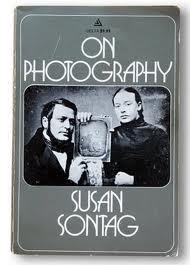 2. On Photography (Farrar, Straus and Giroux, 1977) – Susan Sontag
2. On Photography (Farrar, Straus and Giroux, 1977) – Susan Sontag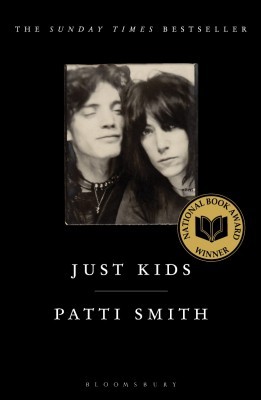 3. Just Kids (HarperCollins, 2010) – Patti Smith
3. Just Kids (HarperCollins, 2010) – Patti Smith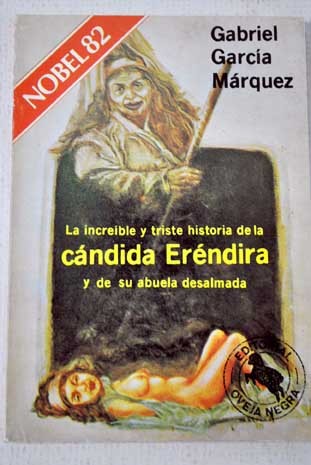 4. La increíble y triste historia de la Cándida Erendira y su abuela desalmada (1972)- Gabriel García Márquez
4. La increíble y triste historia de la Cándida Erendira y su abuela desalmada (1972)- Gabriel García Márquez 